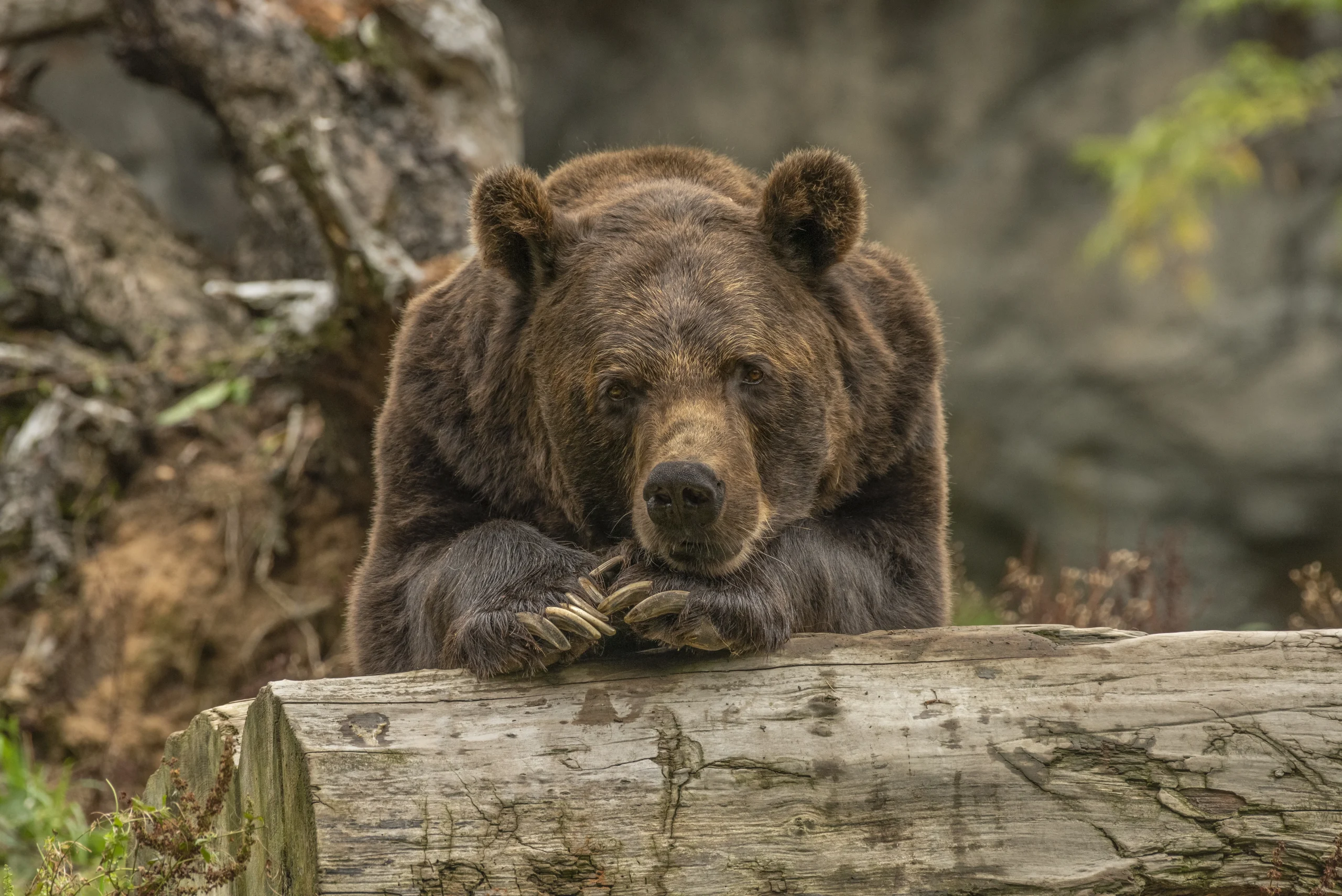
Bears are one of the most fascinating creatures in the animal kingdom. You will find bears living happily all over the planet, from the icy lands of the Arctic to the dense forests of Asia. These large mammals capture our imagination with their strength, intelligence, and unique habits. Whenever you see this mighty mammal on your screen, you tend to wonder, How long do bears live or Does bear have a tail? At EcoPetEssentials, we are going to answer all your questions related to these powerful animals.
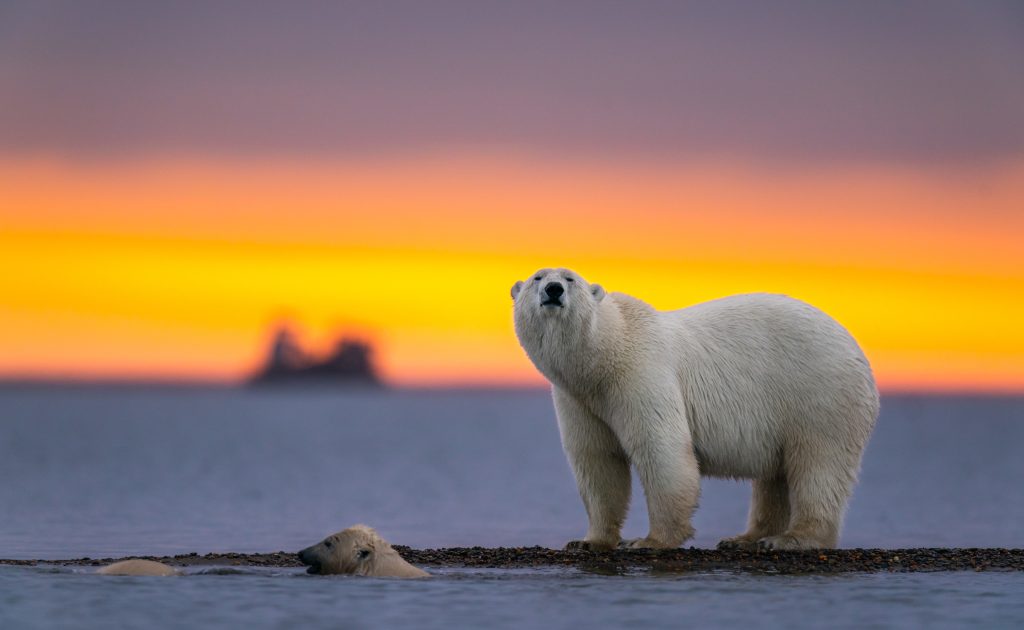
Bears are mammals that belong to the family Ursidae. They come in different shapes and sizes. When watching a nature documentary on Animal Planet about bears, you might have seen the sun bear, which is about four feet long and weighs only 60 pounds. While others, like the polar bear, can reach eight feet in length and weigh more than 1,000 pounds.
Are you wondering how many bear species there are? Then, here is your answer: there are eight bear species found around the world:
Bears usually live alone, except for mothers raising cubs. They have nonretractable claws, a short tail, and a powerful sense of smell that helps them find food from far away.
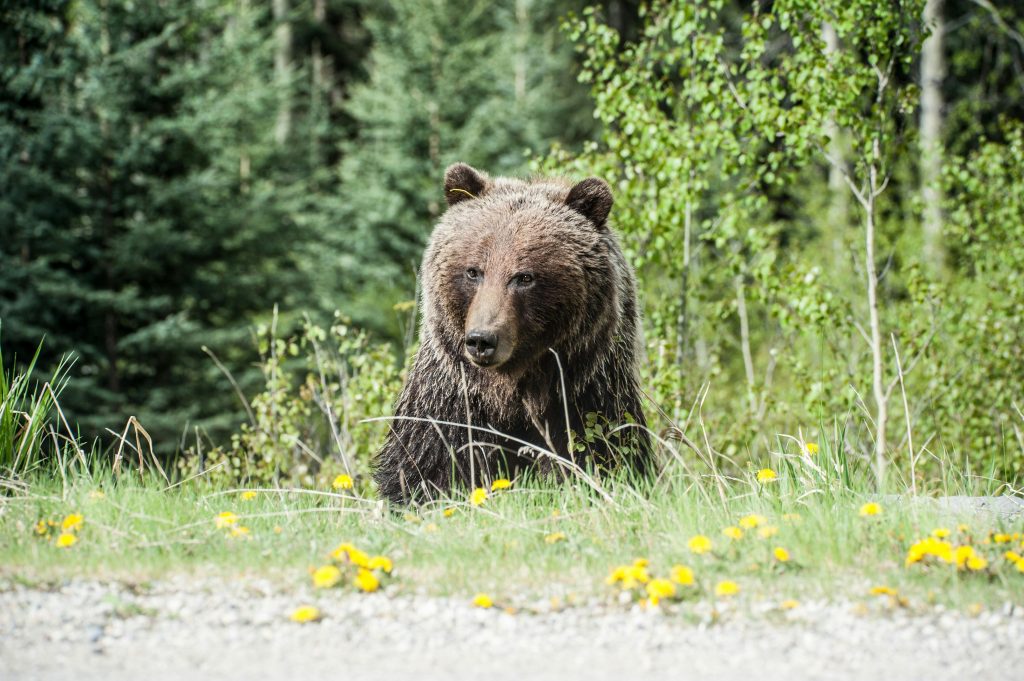
A common question is, how long does a bear live? In the wild, most bears can live up to 25 years, while in captivity, they may reach up to 50 years because of better care and no predators. So, how long can bears live really depends on their environment. Debby, a female American black bear, reached the remarkable age of 42, making her the oldest known bear in history. She spent the majority of her life at the Assiniboine Park Zoo in Winnipeg.
Yes, but they’re short. If you’ve wondered, does bear have a tail? Then, the answer is yes, though it’s small and often hidden by their thick fur. Unlike cats or monkeys, a bear’s tail isn’t very useful and is more of a leftover feature from evolution.
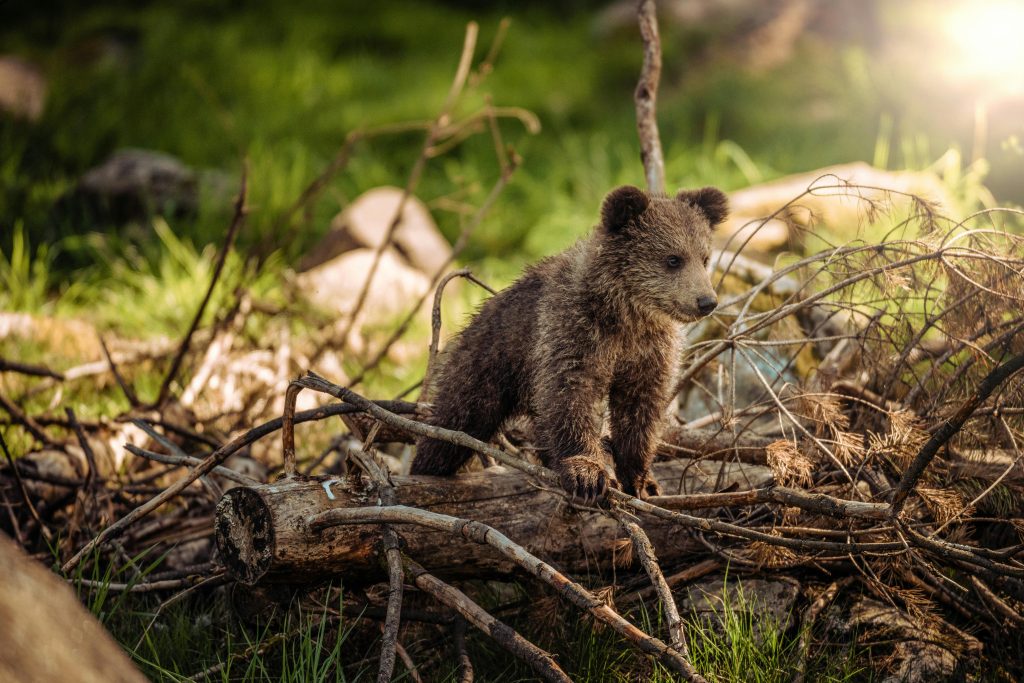
When food becomes scarce in the winter, many bears hibernate. During hibernation, their heart rate, body temperature, and breathing slow down. Grizzly and black bears can survive over 100 days without eating, drinking, or even using the bathroom. They rely on fat stored during summer and fall. Interestingly, mother bears give birth while hibernating. Cubs are born tiny and helpless but grow quickly inside the safety of the den. Some, like sloth bear cubs, even ride on their mother’s back. Pandas, however, do not hibernate and usually give birth to just one cub.
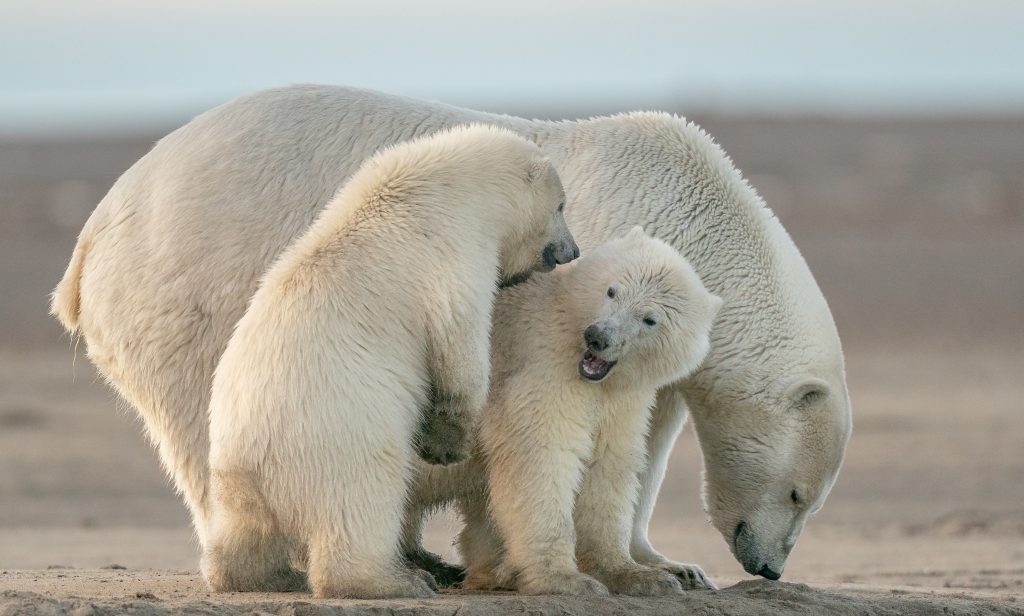
So, what do bears eat? Bears are omnivores, meaning they eat both plants and animals. Their diets vary by species:
And yes, every bear species has a sweet tooth for honey.
Sadly, six species of bears are on the IUCN Red List as threatened or vulnerable. The main dangers they face include
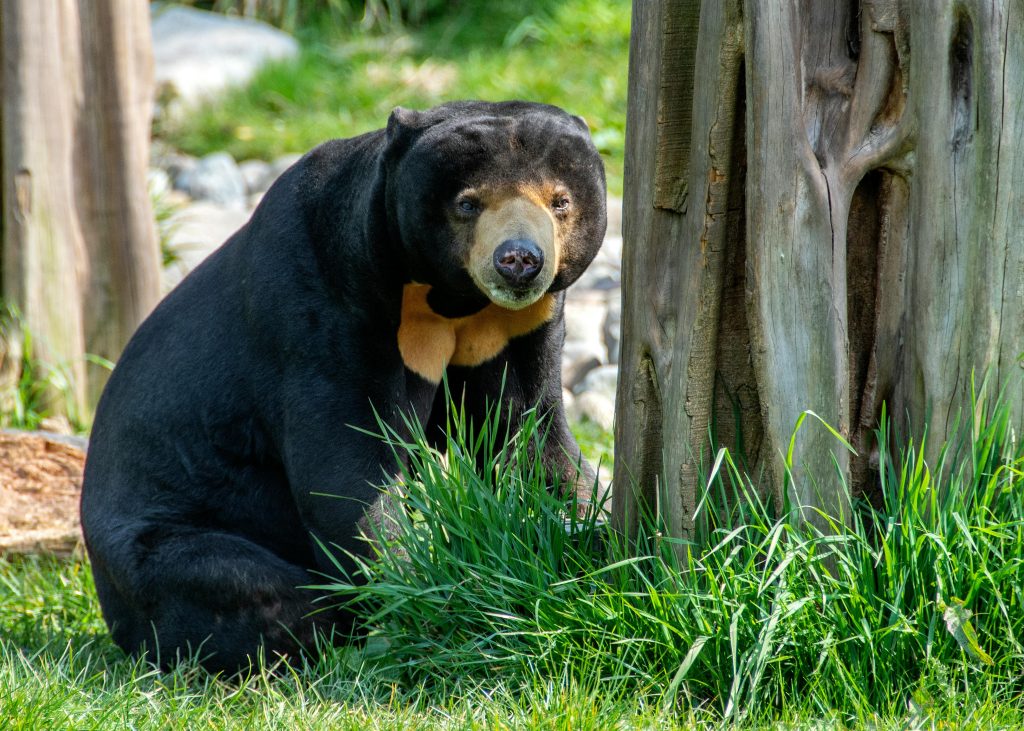
Bears are strong, intelligent, and important to the ecosystems where they live. By knowing how long can a bear live, what do bears eat, and the challenges they face, we can appreciate these incredible animals even more. At EcoPetEssentials, we aspire to understand these animals better to educate the public about them. By protecting their habitats and respecting their space, we can make sure that future generations continue to admire bears in the wild.
➥ Can bears live up to 100?
No, most don’t live past 50, even in captivity.
➥ What is the 3 bear rule?
It refers to camping safety: store food, trash, and scented items safely away from bears.
➥ How old is Bear 399 in Yellowstone?
Bear 399, a famous grizzly in Yellowstone, is over 27 years old.
➥ What is the life expectancy of a grizzly bear?
Grizzlies typically live 20–25 years in the wild.
➥Are bears omnivores?
Yes, all bears are omnivores, though their diets vary by species.

Isla Bennett loves Misty, her two-year-old British Shorthair. And she wants to help other pet parents make sustainable choices that are good for their pets and the planet. She writes about easy ways to care for animals using green products. Isla believes that happy pets and a healthy earth go hand in hand. Her goal is to make pet care simple, fun, and eco-friendly. She also gives you insights about different pet Breeds and traits!